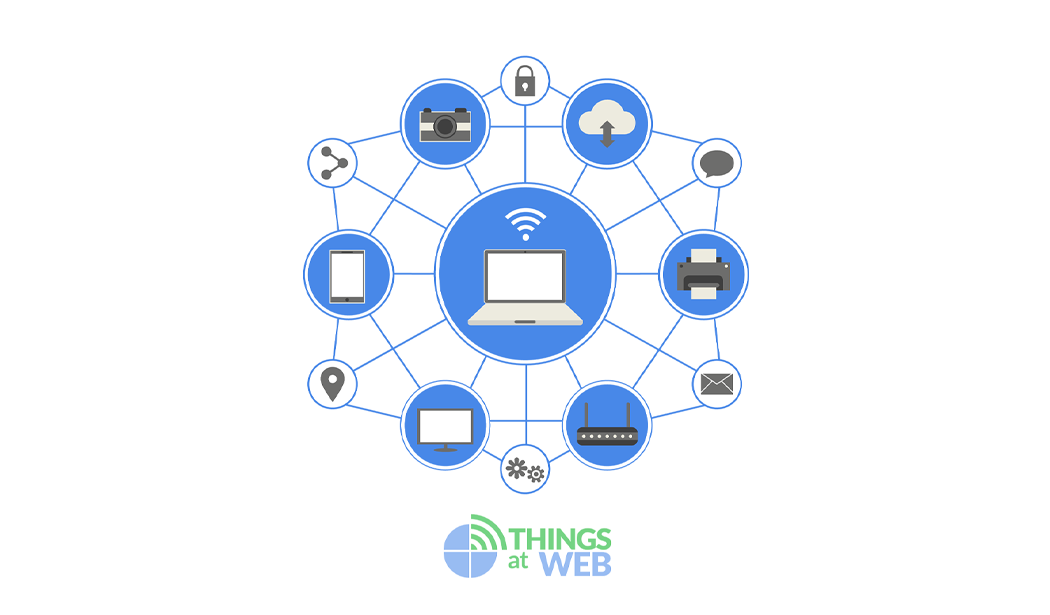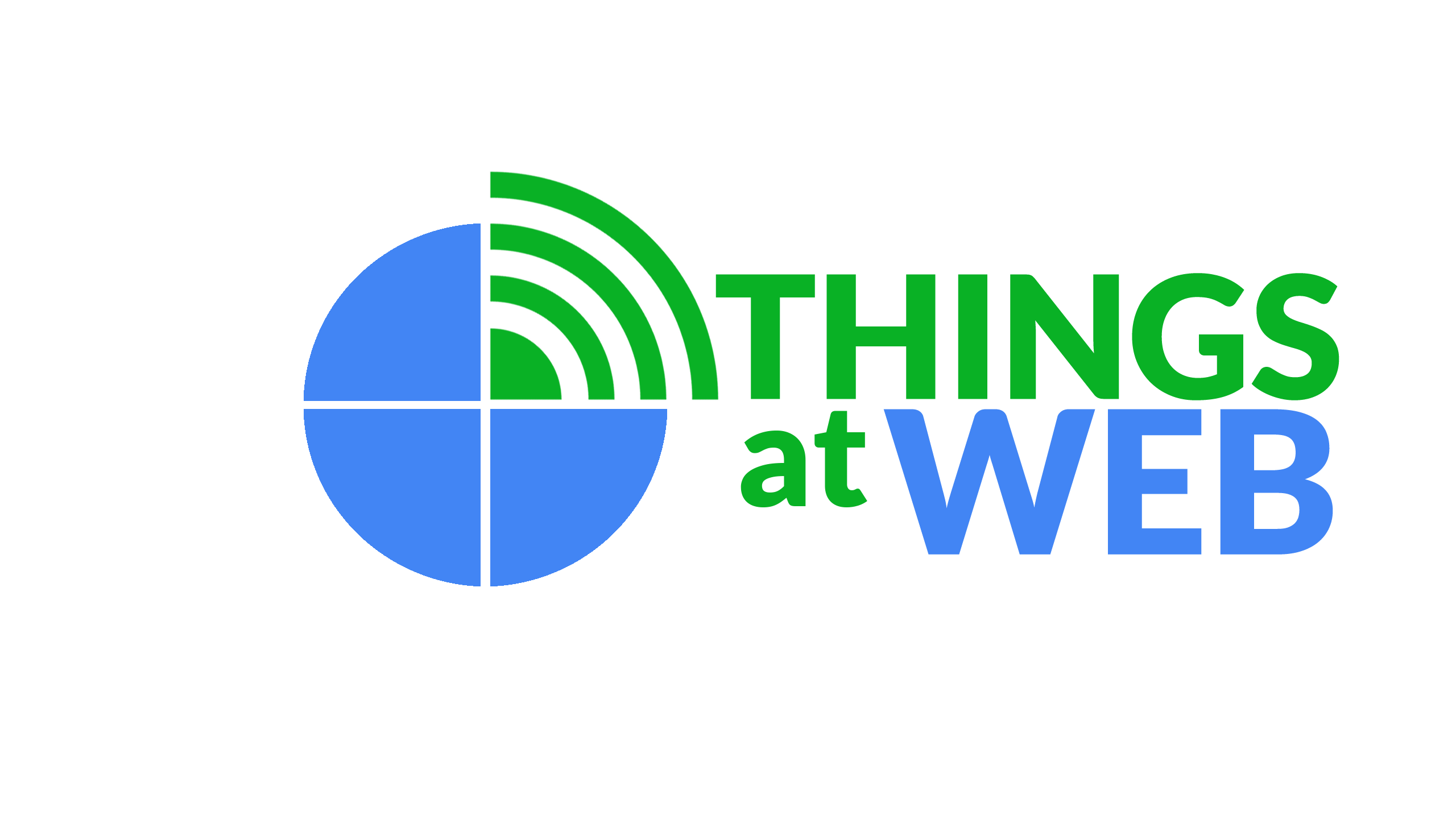- taw-admin
- May 15, 2021
That more and more products are connected is the reality today, but far from all companies have started their work towards connecting their products, for various reasons. The single biggest reason we encounter is that there is a lack of knowledge about how this can be done, and when the knowledge is lacking, the will to do this also becomes driving.
Starting by upgrading products that are already in the range is often a good first step, with it as a starting point to implement a SMART product development of the product.
Larger companies have understood this and are investing large sums in integrating their products with SMART functions. While smaller players hesitate, as it is considered too expensive, difficult and uncertainties around the market.
But smart things that are connected are becoming more and more a basic requirement for consumers, if a product is used in the home, it is probably wise to think about how this product could fit in the product category Smart homes and they should be included in a Smart home system, or if the product manages itself.
Consumers today are looking for Smart Home solutions that make life easier, more fun, more experiences or any need that the consumer has. If your product can satisfy one or some of these needs, there is often a market for the product.
To keep in mind at the concept stage is that a product that is Smart can send information in both directions, so at the same time as the user can give command to the product, the product can give feedback to the user. It is easy to think of just controlling the product, but the possibilities are at least as great within which information the product should share with the user, and connect events if something special happens to the product.
It is discussed to wait to start product development of Smart products, as it will be so cheap then with hardware, etc. The risk is that an important point is missed in this work, even if the hardware becomes cheaper, the software will probably be more expensive as the forecasts goes against the fact that there will be a shortage of that competence for several years, which will probably lead to higher costs for developing the software, the software will also increase its requirements.
As consumers want user-friendly products even if they are smart, more and more development will be about making the user interface as simple as possible, but if it is to be easy for the user, the software should handle everything that makes the product user-friendly. This takes time to develop, not least as safety is something that needs to be taken care of in product development. The Smart Home will consist of several different systems, but which will need to work together.
Smart home products are something that will be developed, and those who are out early in their industry will gain a competitive advantage, partly in the form of knowledge about how customers use the product, which will lead to insights into what is the next step in product development.
The functional requirements will become more and more complex for the development, at the same time as the requirements from the user are that they will be easier to use these complex functions.
The products also need to meet the CE requirements for the product, where a new dimension is control where the user can not see the product.
The important thing with Smart Products is to get started, not to implement the perfect smart product, as no one really knows how customers will use the now opportunities. The possibilities are the most the imagination that puts a stop to.
Some opportunities that can be created:
-That the product for special properties in certain weather.
-That the product is activated only when many people with mobile phones are in the room.
-That the product informs reacts to timers.
-That the product can be talked to, told to, asked things.
-That products announce if certain people are in an area.
For example, a toilet fan, senses that there are many mobile phones in the house, then it is active with the fan all the time to get as fresh air as possible in the toilet. When there is only one person in the house, it goes much less and at a lower speed.
 Sockerbruksgatan 7 53140 Lidköping
Sockerbruksgatan 7 53140 Lidköping kontakt@thingsatweb.se
kontakt@thingsatweb.se  +46 10 49 12000
+46 10 49 12000 




